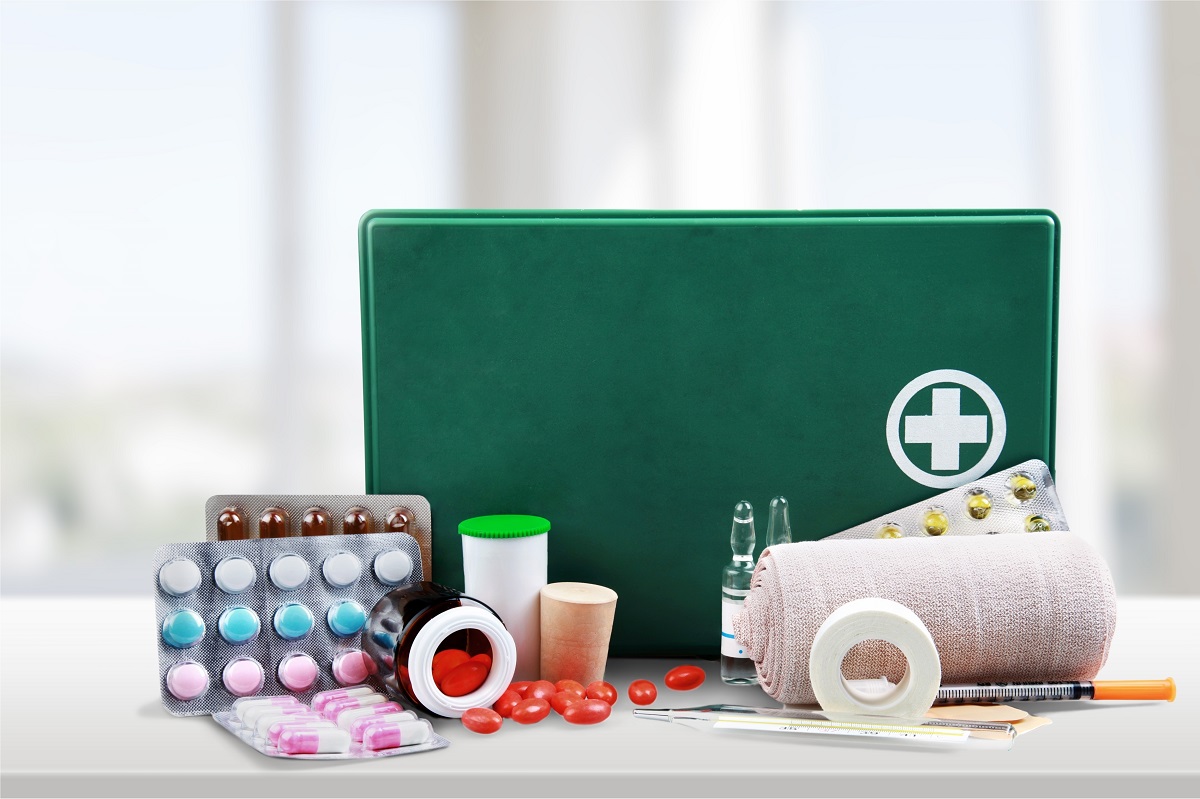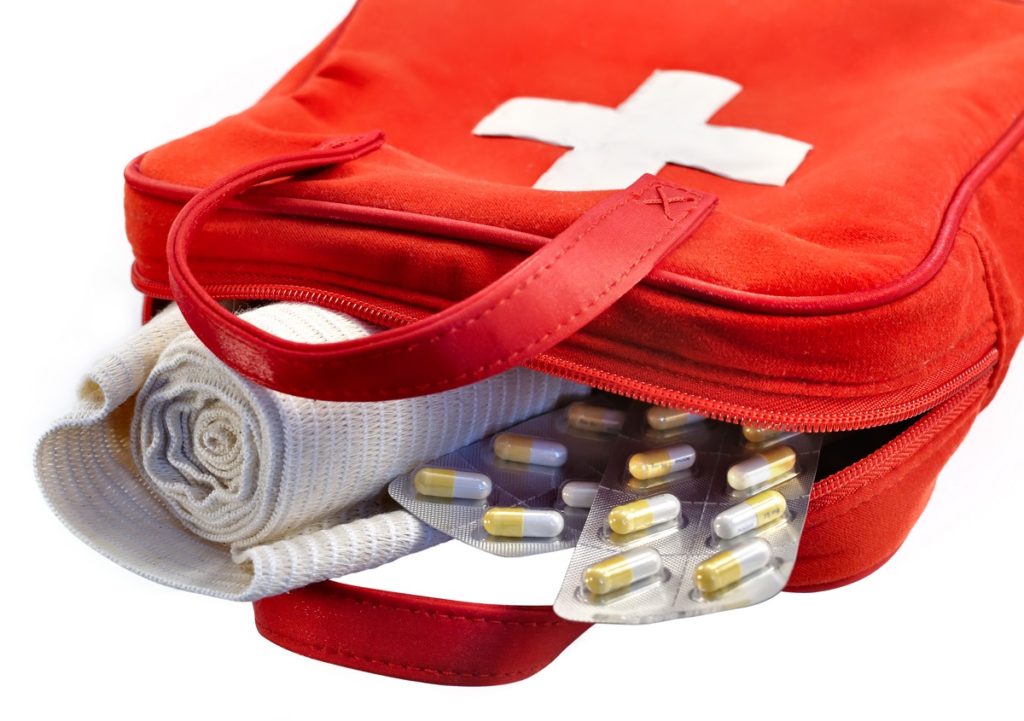How prepared are you and your family to deal with the aftermath of a natural disaster?
According to a survey conducted in 2018, a stunning aren’t prepared for a natural disaster at all. A different poll of over 1,000 Americans found that 78 percent of respondents didn’t have enough supplies such as food and water when the pandemic hit.
Be prepared for the next natural disaster, and start stocking up a bug out bag or emergency kit.
Here’s some important tips on how you can stock up your emergency kit effectively enough that it will sustain you during a disaster.
Planning Your Bug Out Bag
Before you hit the groceries and drugstores, you should already have a detailed list of what items you’re going to buy for your bug out bag. This list should be customized to your specific circumstances.
Here are the most important factors you should consider when planning your emergency kit.
-
Age Considerations
Children and older adults both have specific needs your bug out bag needs to address. For example, diapers can be considered essential if someone in your family requires them. If you have young children, they will need baby formula. Older adults might need supplements or special equipment. Ensure you include these on your list.
-
Medical Conditions
Six out of every 10 adults in the United States are living with a chronic disease and four out of 10 have more than one. If you or someone you live with have a chronic disease, you’ll need a steady supply of medication to manage the symptoms. Get an adequate supply of these medications for your bug out bag.
-
Possible Disasters
Finally, consider what type of disaster is most common in your area. On the West Coast, these might be wildfires and earthquakes. In the East Coast, hurricanes and blizzards are more likely. Different disasters require different supplies and disrupt the flow of goods in different ways. Think about which disasters you’ll encounter first and stock up appropriately.
Stocking Up Your Emergency Kit

Once you have a list of all the items you need, it’s time to hit the stores.
Here are some tips you need to remember when buying your supplies.
-
Be Selective
Use your common sense judiciously when purchasing supplies. For example, just because something is preserved, doesn’t mean it belongs in your bug out bag. A jar of Filipino Barrio Fiesta staple is a great savory addition to a kitchen, but has no place in a survival kit. Similarly, energy drinks sound like a good idea, but you’re better off stocking up with water or electrolyte-enriched drinks.
-
Catalogue Expiration Dates
Once you have all your purchases, list down their respective expiration dates. This way, you don’t have to keep wondering how long does ibuprofen last while your bug out bag is in storage. It will also protect you and your family from consuming expired food or medicines, which isn’t something you want to happen during a disaster.
-
Don’t Overstock
Overstocking on supplies can be just as bad as understocking. For one, you can deprive other people who may need supplies as well. For another, if you overstock and don’t use these supplies, you’re basically pouring money down the drain. It will also be difficult to transport a lot of supplies if your house becomes uninhabitable. Stick to perhaps enough supplies to last you a fortnight at the most.
-
Check Packaging
Before you put away your assembled emergency supplies, thoroughly inspect their packaging to ensure they can last a long time. Check plastic packages for pinpricks that might let in bacteria or otherwise spoil your supply. Loose medication should be put in sterile and air-tight containers. You can also repackage certain items to make them easier to store.
Storing Your Emergency Kit
Putting away your emergency kit properly is just as important as assembling it. Without proper storage, you may end up with spoiled supplies or not getting to them in time.
Here are some tips you need to consider when storing your bug out bag.
-
Make it Accessible
According to professionals, you only have as little as 5 minutes to escape your house if its on fire. Other disasters might give you longer or shorter evacuation time. This makes it crucial to ensure you can grab your go bag within minutes of an emergency. Stow it near a pre-planned exit, such as a coat closet near your door. Ensure that everyone knows where the emergency kits are for easy retrieval.
-
Keep it Safe
Your emergency kit is of no use if its immediately damaged during an emergency. Put it in a structurally safe location in your house away from any ignition source. A structurally safe storage area also ensures you can still access it if your home is damaged. Put it in a high enough shelf or area as well to avoid flooding.
-
Ensure its Fresh
Finally, routinely check the list of expiration dates for your emergency supplies and use them before they spoil. Keep things in the bag fresh, particularly food and medicine, to ensure you have safe supplies during a crisis. It will also prevent you form wasting money by letting these supplies spoil instead of using them. Just ensure that you have fresh replacements at the ready before using your bug out bag’s supplies.
If the current pandemic has taught the world anything, it’s that you can never be too prepared. Pack you emergency bags the right way and you won’t be surprised by any disaster.

